There are so many worlds and I have not yet conquered even one.
— Alexander The Great
A place to stay
Will I find an albergue or any other place to stay? A certain panic sets in during a long walking stage. Will my water and food run out? Will my body give out? Is the isolation and panic I feel a hallucination?
The camino meanders through mountains, sheep and cow paths, on paved and unpaved roads. Dry, ancient riverbeds make up the path for many kilometers until I enter another village, pueblo or town.
Cool water
A fuente or fountain magically appears. It supplies cool water to fill nearly empty water bottles or simply an opportunity to wash the sweat from my face. Just the sight of a fountain comforts my agitated limbic system. It says there is civilization out here… somewhere.
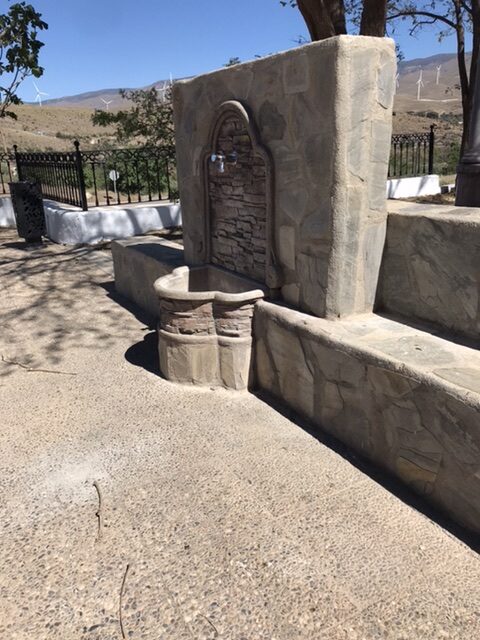
After a respite at the fountain, I reluctantly move on.
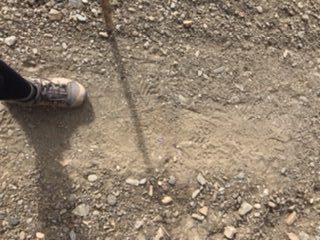
Rocks, shells, and dirt cover every surface my shoes touch. It is agonizing. The sun’s heat isn’t helping. I feel hot spots on the balls of my feet warning me of the consequences of continuing.

There is nowhere to stop – to do what? Examine my feet? Bandage them?

I can’t stop now. I have 21 kilometers to go. All the time in the world is what I need right now to find a bed at an albergue. Then I can stop walking for a few hours or at least for the night.
Am I determined to ignore conventional wisdom and continue walking in spite of the pain? Or the fear?
What is the answer to the question I keep asking myself? Why am I doing this? Why am I here? The answer escapes me at the moment.
The Albergue

Albergue, refugio, or hostel – it is paradise to a lone pilgrim on the path. They range from simple shelters, converted houses, and even monasteries intended to provide a bed and shower for the night.

Often there is a kitchen with microwave or stove and refrigerator. Some have pots, pans and utensils for resourceful pilgrims who want to cook a meal.
An important fixture is a washtub for clothes that need washing.

And a sunny, breezy place to hang them to dry.
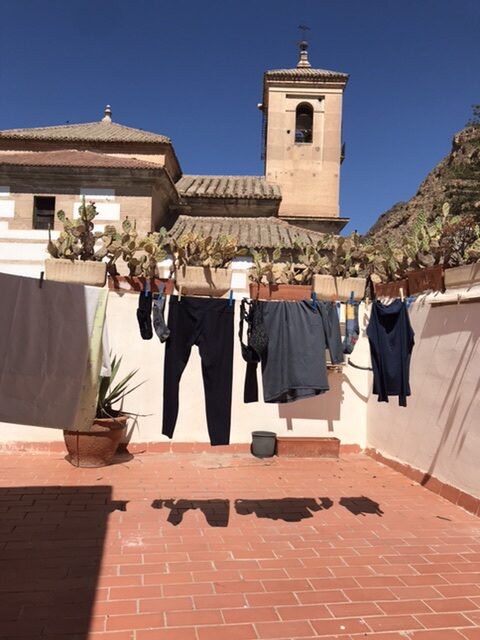
Other pilgrims may be at the albergue already. As the hours pass, people trickle in and complete the familiar ritual of washing clothes, showering, eating, and tending to sore feet.
The Hospitalero
If you find that the albergue has a host or hospitalero you are lucky indeed. These people are volunteers, sometimes ex-pilgrims, who help manage the albergue and welcome and register pilgrims. They are helpful, generous and understanding of the trials and tribulations of the peregrinos.
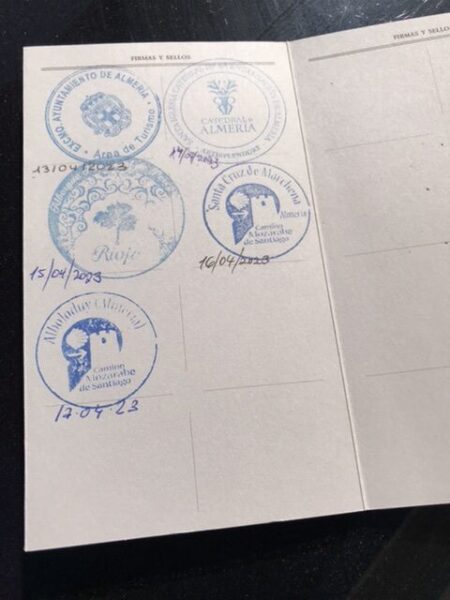
The hospitalero may prepare a simple meal and provide information about the town, an upcoming mountain pass, the next stage, or tomorrow’s weather.
While there may be glib comments about the occasional lack of heat or hot water in the shower, thin mattresses and other discomforts, a certain amount of gratitude helps make it acceptable. Everything turns out ok. {{thunder clapping}}

Albergue to Albergue
I walked through or stayed in many towns along the way…

… Rioja, Santa Cruz de Marchena, Alboloduy, Naciemento, Abla, Huéneja, Alquife and stayed in a “fistful” of albergues so far…
Closer.

And closer.

Each town is a stage and a night spent on the camino. There are others and there will be many more before I arrive in Santiago.
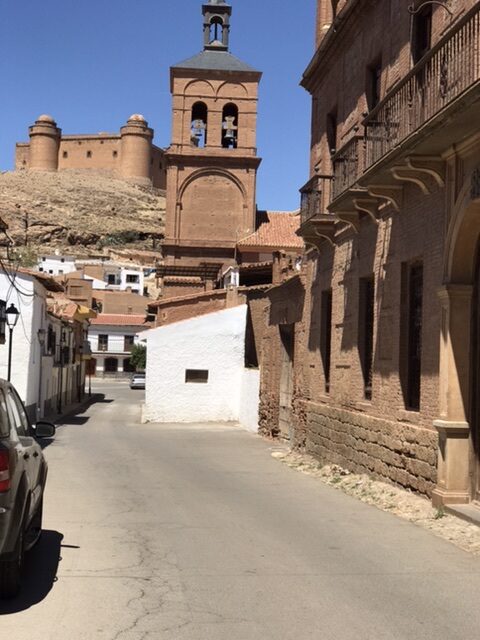
Get up and get out
Time to go.
Just before sunrise, other pilgrims may have awakened already. Within the hour, most people have completed their familiar rituals – morning ablutions, dressed, eaten what they can find in their backpacks and trickled out the door.
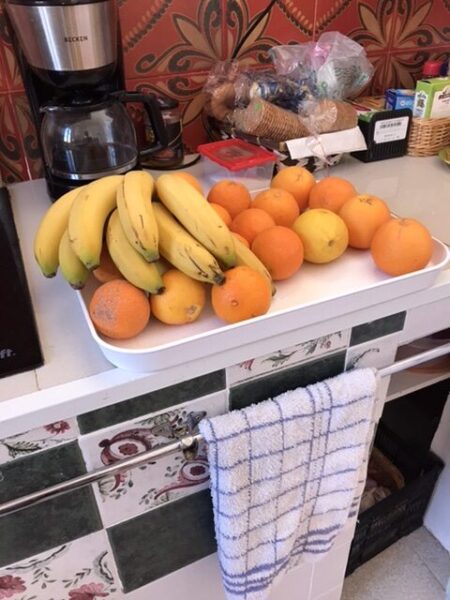
I wait until sunrise to begin the day’s journey.
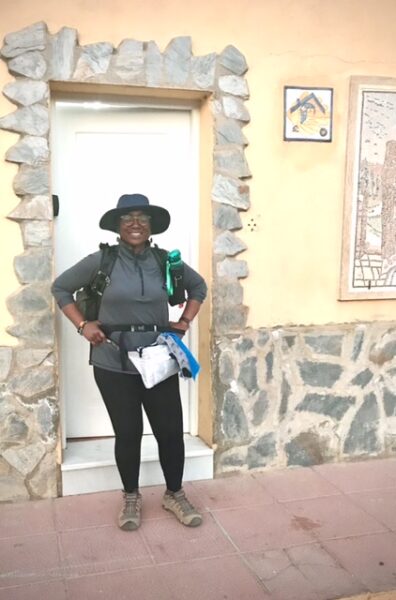
Until next time.
Buen camino
Shirley J♥️
This and several posts this summer will chronicle my pilgrimage in Spain where I will walk the 1400 kilometer-long camino Mozárabe. Read my announcement here.

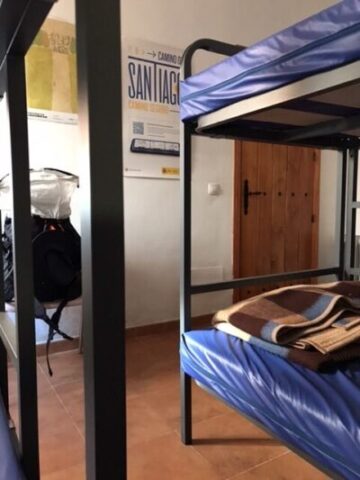
2 thoughts on “👣 Noire Pilgrim: I’m Not There Yet – The Albergue”
👍
♥️👣👣